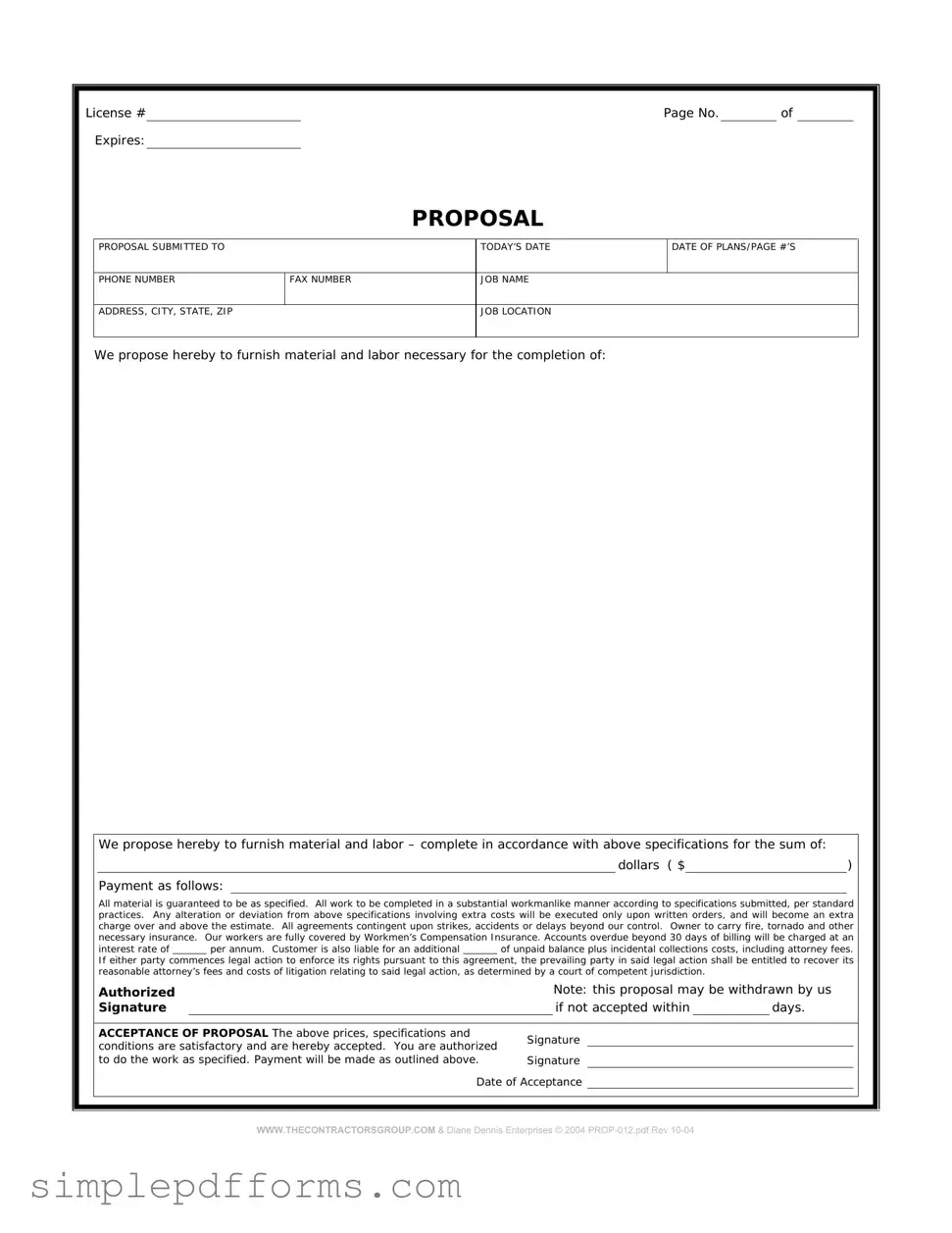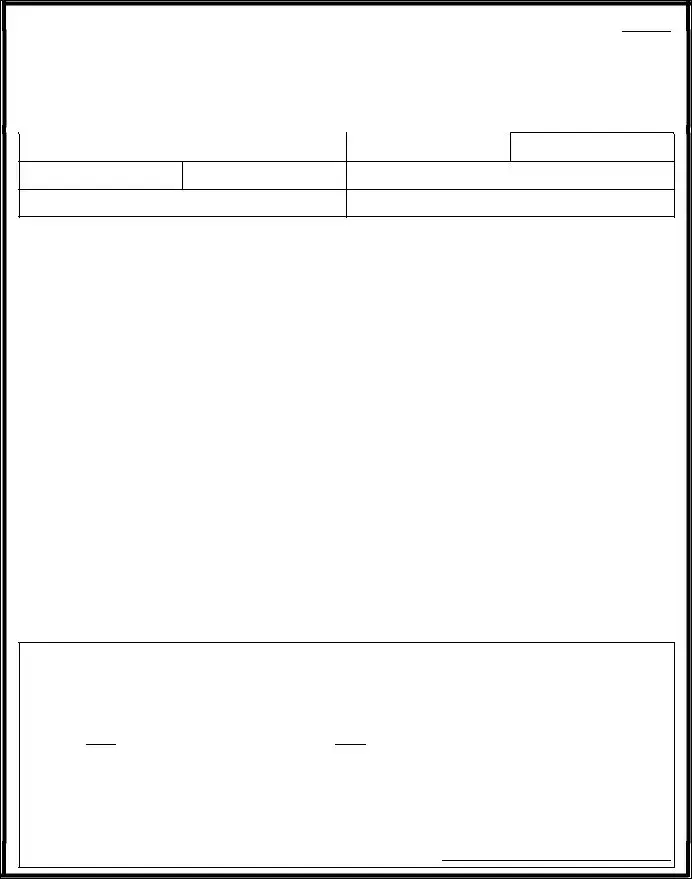When filling out a construction proposal form, people often overlook important details. One common mistake is failing to provide accurate contact information. This can lead to delays in communication and may hinder the project’s progress. It is crucial to double-check that all phone numbers and email addresses are correct.
Another frequent error is not specifying the project scope clearly. Without a detailed description, misunderstandings can arise between the contractor and the client. It is important to outline all aspects of the project, including timelines, materials, and any specific requirements.
Many individuals neglect to include a breakdown of costs. A vague total cost can create confusion and lead to disputes later on. Providing a detailed estimate helps all parties understand the financial aspects of the project and sets clear expectations.
Some people forget to review the terms and conditions section. This part of the form outlines the responsibilities of both parties. Ignoring this section can lead to misunderstandings about what is expected during the project.
Another mistake is not signing the proposal form. A signature indicates agreement and commitment to the terms laid out in the proposal. Without it, the proposal may not be considered valid.
People sometimes rush through the form, which can lead to incomplete sections. Missing information can delay the approval process. Taking the time to fill out each section thoroughly is essential for a smooth experience.
Additionally, individuals may not provide necessary documentation. Supporting documents, such as insurance certificates or licenses, are often required. Failing to include these can result in the proposal being rejected.
Finally, some individuals do not follow up after submitting the form. Checking in can help ensure that the proposal is being reviewed and can provide an opportunity to clarify any questions. Regular communication is key to a successful project.

